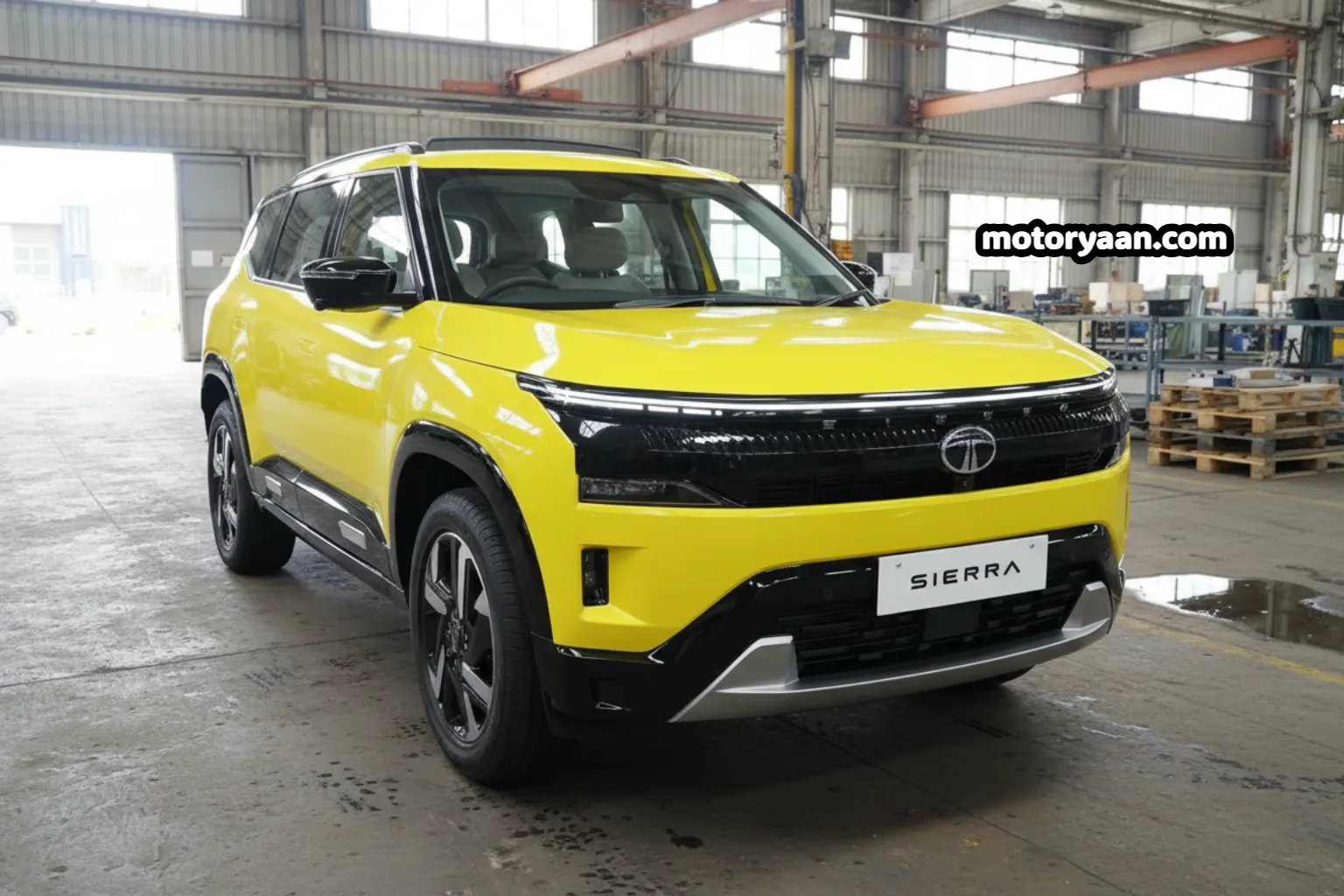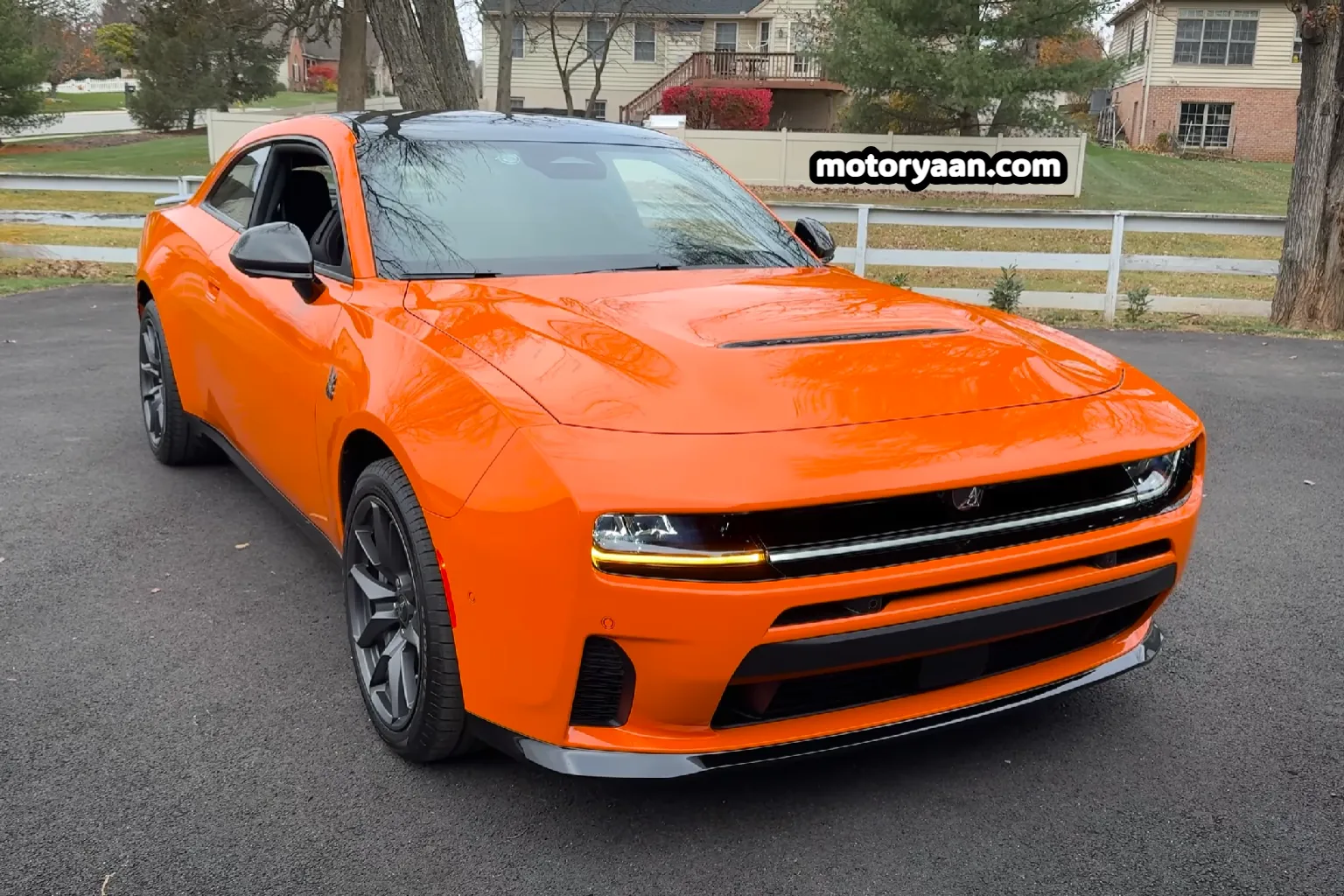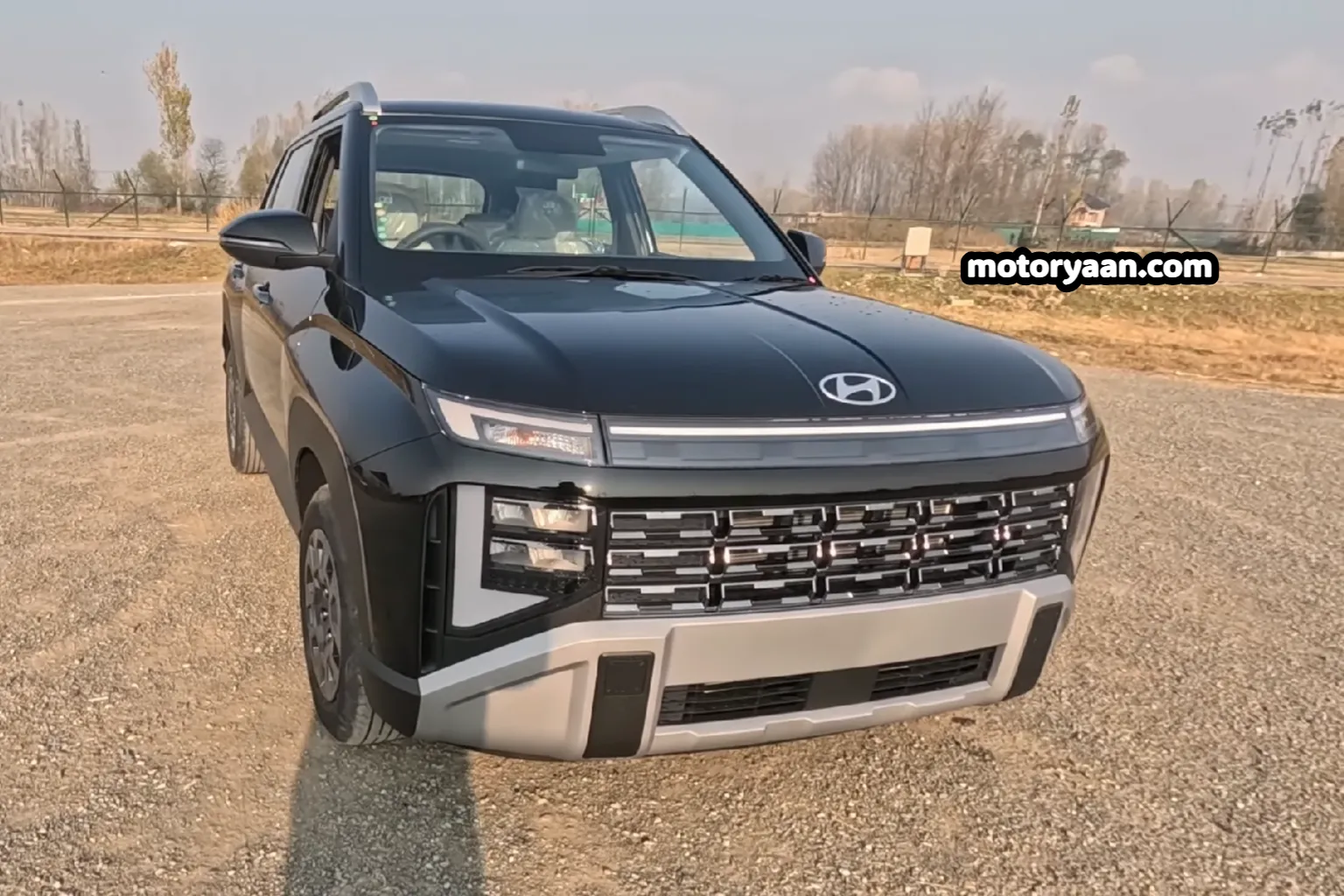2026 Polestar 4
The Polestar brand may be one of the youngest car companies in the industry, but it hasn’t stopped Volvo’s luxury performance EV division from introducing a plethora of models. If you guys remember, they started their journey nearly seven years ago with the Polestar 1. They followed it up with the Polestar 2 and the Polestar 3, the brand’s first SUV.
However, for 2026, we are seeing the company’s fourth model, the 2026 Polestar 4, a vehicle that slots in between the Polestar 2 and Polestar 3 as a coupified luxury performance SUV. Polestar says this is their most powerful production model ever, with the dual-motor version offering 544 horsepower and up to 300 miles of electric range.
Powertrain and Performance
Battery and Variants
Launches in America Fall 2026
Two configurations:
Single Motor (RWD)
Dual Motor (AWD)
100 kWh lithium-ion battery, approximately 94 kWh usable
Single Motor Version
RWD
200 kW power / 272 hp
Dual Motor Version (Tested)
Adds another 200 kW front motor
400 kW total (544 hp)
506 lb-ft torque
Most powerful Polestar ever, even more than Polestar 3 Performance
0 to 60 mph in 3.7 seconds
Top speed: 124 mph
Range
Dual Motor AWD: 270 miles
RWD: 300 miles
Towing and Weight
Tows up to 3500 lb
Dual-motor curb weight: approximately 5100 lb
Exterior Styling Details
Front
Test car color: Snow ($1,300 extra) with metallic fleck
Body-colored Polestar illuminated logo
Dual-blade LED headlights (new design)
Adaptive LED low and high beams
Functional lower grille with active shutters
Front camera integrated
Side Profile
Built on Polestar’s SEA architecture (not SPA2)
Shared with Geely
U.S. models will be built in Korea starting this summer
21-inch upgraded wheels (Canadian-spec shown)
Up to 22-inch wheels available
6.5 inches ground clearance
Adaptive suspension (no air suspension)
Dimensions:
Wheelbase: 118 in
Length: 190.5 in
Approximately 2 inches shorter than Polestar 3
Charging
Located on the driver-side rear quarter
Power opening and closing
400V architecture
Up to 200 kW DC fast charging
11 kW onboard charger
10 to 80 percent in approximately 30 minutes
Rear Design – No Rear Window
Polestar removed the rear glass to:
Improve rear headroom
Increase design flexibility
Uses a rear camera mirror instead
Better visibility than a tiny sloped glass window
Tail End
Full-width LED light bar
Strong Porsche Macan EV resemblance
Polestar badge is body-colored
Optional full-body paint for $1,000
Integrated sensors and cameras




Interior: Luxury, Technology and Comfort
Key and Access
Buttonless key fob
Meant to be used as a proximity sensor
Smartphone key preferred
Pop-out door handles
Frameless mirrors
Interior Materials
Upgraded Nappa leather (Zinc color)
Animal-welfare secured, premium grade
$3,700 upgrade (includes massaging, cooling, premium leather)
12-way adjustable seats
Heating, ventilation and massage
Headrest speakers (two per seat)
Door Panels
Textile made from recycled materials
Aluminum trim with ambient lighting effect
Soft-touch materials
16-speaker Harman Kardon audio system
12 speakers with Plus package
16 with leather upgrade
Cabin Feel
Feels like a sedan inside due to lower step-in height
Solid door closing sound
No soft-close doors, kept optional to lower cost compared to Polestar 3


Driver Tech and Digital Experience
Steering and Controls
Flat-bottom steering wheel
Real aluminum top-center trim
Physical buttons for Pilot Assist and cluster settings
Power steering adjustment controlled via the touchscreen
Mirrors adjusted via the touchscreen
Instrument Cluster
10.3-inch digital display
No start or stop button
Press the brake and shift into gear to start
“Ready” indicator shown on cluster
Profiles and Memory
Seat, steering and mirror adjustments prompt to save settings
Linked to driver profile



Cargo Space
Boot Capacity
18.5 cubic feet behind the seats
More space than Polestar 3
Deep underfloor storage
Total cargo with seats down: 54 cubic feet
Seats fold almost flat
Hands-free tailgate available with the $5,500 Plus package
Frunk
EV buyers always ask: Is there a front trunk?
Polestar gives you a small front cubby space
Approx. 0.5 cubic feet
Includes an adapter to hook the vehicle to an NACS port
Currently still uses J1772 and CCS combo
Hood does not stay open on its own


Driving Experience
Immediate Impressions
Polestar flew me out to Quebec, about an hour north of Montreal.
We’re finally able to get behind the wheel of the all-new Polestar 4.
The big question: for those looking for a performance SUV that looks and feels more like a sporty sedan, how does the brand-new 2026 Polestar 4 stack up?
Performance Feel on the Road
This is the dual-motor version offering:
544 horsepower
506 lb-ft of torque
Polestar says it does 0–60 mph in 3.7 seconds.
All the power goes out through a one-speed reduction gear transmission.
It has electronic all-wheel drive.
Even though it looks more like a sedan, it is technically an SUV.
The curb weight is just over 5100 lb, yet the vehicle doesn’t feel overly heavy from the driver’s seat.
Rear-wheel-drive models lose around 200 lb, but the difference isn’t huge when driving.
Acceleration & Handling
The Polestar 4 is the most powerful production Polestar ever, even more than the Polestar 3 Performance version.
On the road, the instant torque from dual motors delivers strong, immediate acceleration.
The adaptive suspension (standard with dual-motor) helps balance comfort and sportiness.
No air suspension like the Polestar 3, but the adaptive setup still gives confident handling.
With around 6.5 inches of ground clearance, it feels lower and more sedan-like compared to typical SUVs.
The long 118-inch wheelbase gives it a planted, stable feel at speed.
Driving Position & Visibility
Getting inside feels like entering a sedan because of the lower step-in height.
The interior has a modern, futuristic feel with a premium aura.
There is no rear window, so the vehicle relies entirely on the digital camera rear-view mirror.
Polestar says the camera actually gives a better field of view than a traditional piece of glass due to the styling.
Steering, Controls, and Tech
The steering wheel has a flat-bottom design with actual buttons for:
Adaptive cruise control
Pilot Assist
Cluster views
You adjust the steering wheel and mirrors through the screen, using steering-wheel buttons.
When changing seat or wheel adjustments, it asks if you want to save to your driver profile.
The digital cluster is 10.3 inches, showing:
Driver-assistance info
Calm page
GPS with Google built-in
Ride Quality & Cabin Feel
Inside, it feels quieter and more luxurious than some competitors.
The Nappa leather seats (part of a $3,700 option) are:
Heated
Ventilated
Massaging
Equipped with headrest speakers
With the sportback body style, the Polestar 4 feels like a tall sporty sedan rather than a typical SUV.
Range & Charging on the Drive
Uses a 100 kWh lithium-ion battery, with about 94 kWh usable.
Dual-motor range: up to 270 miles
Rear-drive range: up to 300 miles
400-V architecture with up to 200 kW DC fast charging.
10–80% in about 30 minutes on a Level 3 charger.
11 kW onboard Level 2 charging: around 11 hours from empty to full.
Final Thoughts
The 2026 Polestar 4 combines:
Sleek sportback and coupe styling
Powerful EV performance at 544 hp
More cargo space than expected
A luxury interior with advanced tech
A controversial but innovative no-rear-window design
It aims directly at buyers who want a sporty sedan feel within an electric SUV package.
Frequently Asked Questions – 2026 Polestar 4
1. What is the power output of the 2026 Polestar 4?
The dual-motor version of the 2026 Polestar 4 produces 544 horsepower and 506 lb-ft of torque, making it the most powerful Polestar production model.
2. What is the range of the 2026 Polestar 4?
The dual-motor AWD variant offers up to 270 miles of range, while the single-motor RWD version provides up to 300 miles.
3. How fast is the 2026 Polestar 4?
The dual-motor model accelerates from 0–60 mph in approximately 3.7 seconds.
4. Does the 2026 Polestar 4 have a rear window?
No, the Polestar 4 does not have a physical rear window. Instead, it uses a digital rear-view camera system for improved visibility.
5. How long does the Polestar 4 take to charge?
The EV supports up to 200 kW DC fast charging, enabling a 10–80% charge in around 30 minutes. Level 2 charging takes approximately 11 hours.
6. What is the cargo capacity of the Polestar 4?
The Polestar 4 offers 18.5 cubic feet of cargo space, which expands to around 54 cubic feet with the rear seats folded down.
7. When will the 2026 Polestar 4 be available?
The Polestar 4 is expected to arrive in the United States in Fall 2026.








